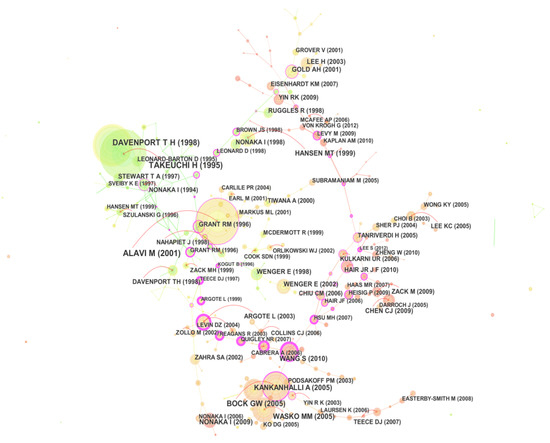ADW: Aiptasia: CLASSIFICATION - Animal Diversity Web.
Disclaimer: The Animal Diversity Web is an educational resource written largely by and for college students.ADW doesn't cover all species in the world, nor does it include all the latest scientific information about organisms we describe. Though we edit our accounts for accuracy, we cannot guarantee all information in those accounts.
Eumetazoa is a clade which includes all major animal phyla except sponges, and a few other groups of animals, such as the Placozoa. The Eumetazoa have true tissues, neurons, and an embryo that goes through a gastrula stage.

Other articles where Eumetazoa is discussed: taxonomy: A classification of living organisms: EumetazoaPhylum Mesozoa (mesozoans)Phylum Cnidaria (or Coelenterata; cnidarians)Phylum Ctenophora (ctenophores)Phylum Platyhelminthes (flatworms).

Eumetazoa definition, the major division, or subkingdom, of Animalia comprising the eumetazoans. See more.

Some Linnaean Lists. The classification of the animal kingdom according to major categories goes back to Aristotle and, more recently, Linnaeus, but it was on in the 19th century that scientists like Lamarck (who developed invertebrate zoology), Cuvier, and Haeckel developed the idea of major groups or phyla.
Eumetazoa definition is - a major division of the animal kingdom comprising all multicellular forms except the sponges.

Protozoa are single-celled organisms without cell walls. They are believed to be a part of the microbial world as they are unicellular and microscopic. There is a great deal to know about their classification, characteristics and more.

The Radiata is a superphylum which includes both the echinoderms and the ctenophores.It is not part of the usual classification system, and is not used by all biologists. The group includes the radially symmetric animals of the Eumetazoa.The echinoderms, however, are members of the Bilateria, because they exhibit bilateral symmetry in their developing stages.

Metazoa: Eumetazoa: Tissues are not organized into true tissues. Tissues are organized into true tissues. Less complex tissues. More complex tissues.

This page was last edited on 22 December 2019, at 16:44. Files are available under licenses specified on their description page. All structured data from the file and property namespaces is available under the Creative Commons CC0 License; all unstructured text is available under the Creative Commons Attribution-ShareAlike License; additional terms may apply.

Meaning and definition of eumetazoa: Members of the sub-kingdom that includes all animals except sponges. For the term eumetazoa may also exist other definitions and meanings, the meaning and definition indicated above are indicative not be used for medical and legal or special purposes.

Biology Assignment Help, Characteristics of metazoa, Characteristics of Metazoa The unicellular protozoans are highly versatile and successful organisms that show remarkable organization and division of labour within the confines of the single cell. This diversity is achieved by varying the struct.

Metazoan animals are multicellular, mitochondrial eukaryotes. Today Metazoa encompasses all animals with differentiated tissues, including nerves and muscles. They evolved from the protists approximately 700 million years ago. There are two prominent theories dealing with how the metazoans came to be, although one, the syncytial theory, has.



